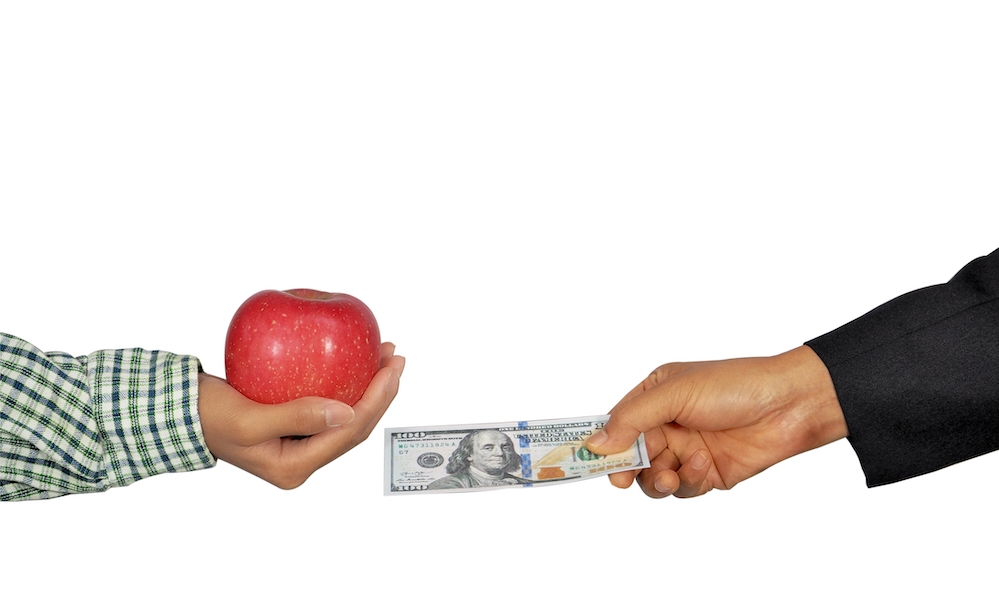How Will Trump Tariffs Affect iPhone Prices?
 Credit: Niyom / Adobe Stock
Credit: Niyom / Adobe Stock
Toggle Dark Mode
President Donald Trump’s plan to impose a 10% tariff on Chinese imports may cause the price of your next Apple product to increase quite a bit. Bank of America analyst Wamsi Mohan says Apple would need to increase prices by 9% to offset the 10% tariff.
Mohan’s 9% increase accommodates both the impact of the tariff itself and a possible decrease in the overall number of products Apple sells. What remains uncertain is how Apple will respond to the tariff. Will they fully absorb the additional cost and keep prices the same, or will they pass the costs onto consumers with higher retail prices?
Historically, Apple has elected to absorb tariff costs and keep prices stable. However, with the threat of a 10% tariff combined with the bulk of Apple’s manufacturing infrastructure being in China, Apple might not have a choice if it wants to minimize the overall impact on its price per share.
Over the years, Apple has begun manufacturing products like the iPhone in other countries, including India. However, only 15% of iPhones are currently manufactured there — and India is likely to face tariffs higher than 10% due to Trump’s plan for reciprocal tariffs (charging the same fee on goods imported from India as India charges the US). Apple is trying to diversify its supply chain, but it’s a slow and expensive process. Currently, 95% of Apple products are manufactured in China. Ignoring cost per share impacts, here’s what a 3% and 9% price hike would look like for some of the base models of Apple’s primary products.
The base iPhone 16 model with the 6.1-inch display and 128 GB of storage retails for $799. A 3% price increase would mean consumers pay nearly $24 more per device (about $823). A 9% increase would be a premium of almost $72, bringing the cost of the base iPhone 16 to $871.
The base iPad with only 64 GB of storage and Wi-Fi (no cellular) starts at $349. A 3% increase adds about $10.50 to the pre-tax iPad cost, and a 9% increase adds about $31.40.
These figures are a bit easier to digest than any price increases for Macs. For example, the 14-inch M4 MacBook Pro starts at $1,599. A 3% price increase here means consumers would pay an additional $48 per device, while a 9% increase would mean buyers are on the hook for an extra $144. At 9%, the increase is about the same as the current MacBook Pro upgrade to the nano-texture display, which reduces glare, and 3/4 the cost of upgrading from 16 GB memory to 24 GB.
While anyone can only predict what Apple will do, it’s hard to imagine they won’t pass a portion of a 10% tariff on to consumers for at least some of their products. While Bank of America still gives Apple a buy rating for investors, Apple shoppers may be left holding the bag if they’re plan a major Apple purchase this year. Would these potential price hikes change your purchasing plans?







